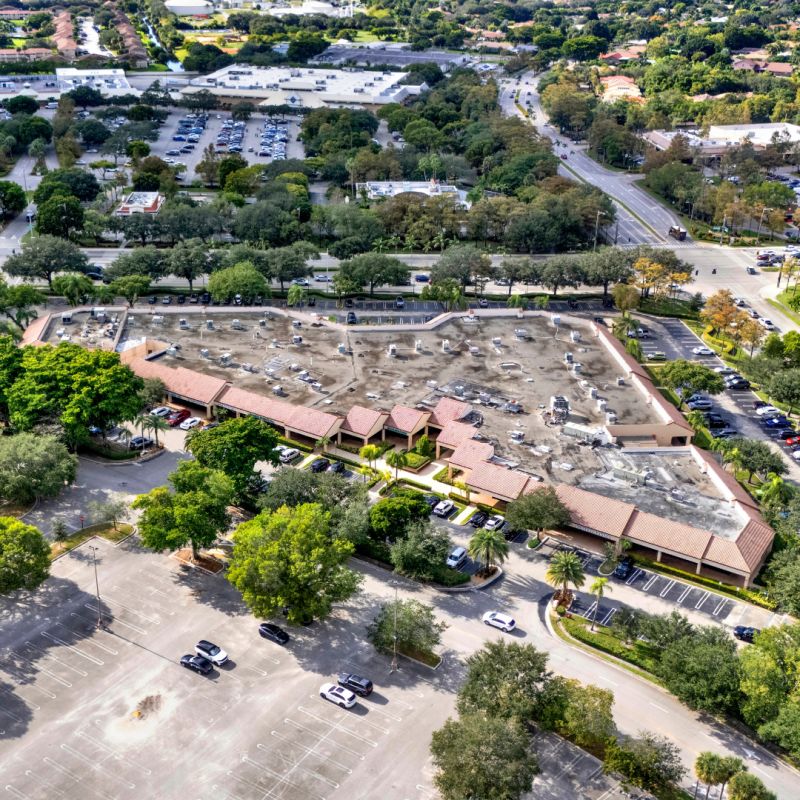H
ealthcare providers face significant real estate challenges that impact their ability to grow and deliver efficient patient care. Shifting demographics, succession planning needs, and volatile market conditions require practices to reassess their location strategies and leverage data-driven insights for future success.
Independent physician practices are particularly vulnerable due to the increasing competition for medical office space (MOB) and rising construction costs. The MOB model, once considered standard, is now often expensive, hard to come by, and poorly suited to changing operational needs. As a result, independent physicians may be forced to occupy older, less efficient buildings, incurring higher fit-out costs.
The demand for healthcare services remains strong, with outpatient volumes expected to grow 10.6% over the next five years. However, this growth is not reflected in MOB availability or rental rates, which remain limited and unaffordable for many practices. Elevated construction costs, ranging from $300 to $600 per square foot, further exacerbate the challenges.
Physician burnout, loss of autonomy, and administrative burdens are driving some physicians to seek independence, potentially leading to increased demand for medical office space in the future. Meanwhile, practice transitions, driven by succession planning, leadership changes, and demographic shifts, require careful consideration of real estate decisions.
Practices must weigh whether to stay, expand, or relocate, taking into account factors such as patient population shifts, competition, and construction feasibility. Data analytics tools can play a crucial role in informing these decisions, helping practices evaluate their location's relevance and identify untapped markets.
Ultimately, healthcare providers must adopt a strategic approach to real estate, balancing operational needs with financial sustainability and growth goals. By leveraging data-driven insights and creative leasing structures, practices can optimize care delivery, position themselves for stability, and thrive in an increasingly competitive market.














